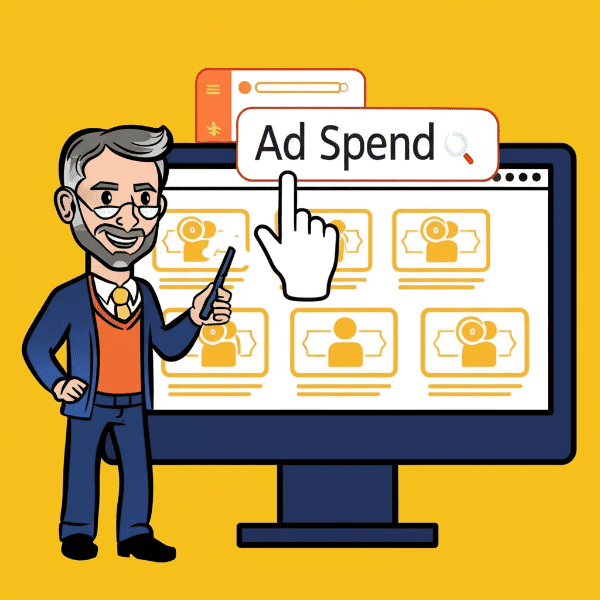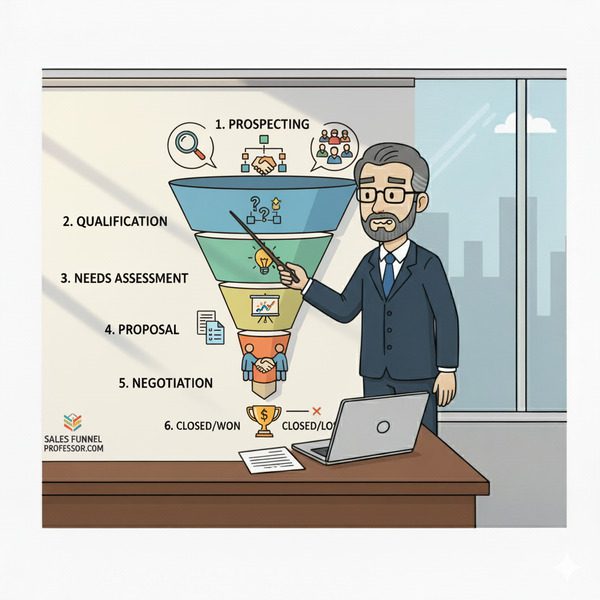Definition: Page speed optimization is the practice of improving how quickly a website loads, displays, and responds for users. It includes a mix of technical and content-focused tactics such as compressing images, minifying code, reducing server response time, enabling caching, and using a content delivery network (CDN). By making pages load faster across both desktop and mobile, page speed optimization creates a smoother browsing experience, reduces bounce rates, and improves search engine visibility—since Google treats speed as a direct ranking factor.
Use it in a Sentence: The marketing team invested in page speed optimization to improve mobile load times, which led to higher engagement, stronger SEO rankings, and a measurable boost in online sales.
Why is Page Speed Optimization Important?

1. Delivers a Better User Experience
Websites that load within seconds keep users engaged, while slow sites push them away. Page speed optimization ensures visitors can access content instantly without frustration.
2. Boosts SEO and Rankings
Google rewards websites that are fast and user-friendly. Page speed optimization directly supports SEO by improving Core Web Vitals, helping businesses climb search results and beat slower competitors.
3. Drives Higher Conversions
Studies show even a one-second delay can cut conversions. Page speed optimization removes these barriers, making it easier for customers to browse, shop, and complete transactions.
4. Supports Mobile Users
With more traffic coming from mobile, fast-loading, responsive pages are critical. Page speed optimization helps ensure mobile visitors don’t drop off due to sluggish performance.
Fast Websites Win More Customers
Page speed optimization isn’t just about technical tweaks—it’s about building trust, improving discoverability, and creating a seamless user journey. A faster site makes a lasting first impression, keeps visitors engaged, and directly impacts revenue growth.
More Definitions
(From the Sales & Marketing Jargon Encyclopedia)
- Cost Per Lead: Cost per lead (CPL) is a marketing metric that measures how much it costs to generate a single lead from a campaign.
- Cost per thousand impressions (CPM): A metric that shows how much it costs to display your ad one thousand times, regardless of clicks or engagement.
- Marketing Attribution: The process of identifying which marketing touchpoints or channels contributed to a customer’s decision to convert or make a purchase.
- Corporate Social Responsibility (CSR): A business approach where companies take accountability for their social, environmental, and economic impact, often through sustainable and ethical practices.
- Multichannel Optimization: The process of refining and coordinating marketing efforts across multiple platforms—like email, social media, and search—to deliver a seamless and effective customer experience.
Useful Posts
(From the Sales Funnel Professor Blog)
- Marketing Funnel vs Sales Funnel: Key Differences & Alignment: An overview of how marketing guides prospects from awareness to interest, while sales focuses on converting them into customers, and how both processes work together.















![Cartoon illustration of a professor standing next to an unused, generic megaphone while presenting a customized digital message reading "Hello, [Name]!" to a single customer figure, symbolizing a personalized campaign strategy.](https://salesfunnelprofessor.com/wp-content/uploads/2025/05/personalized-campaigns-definition.jpg)





